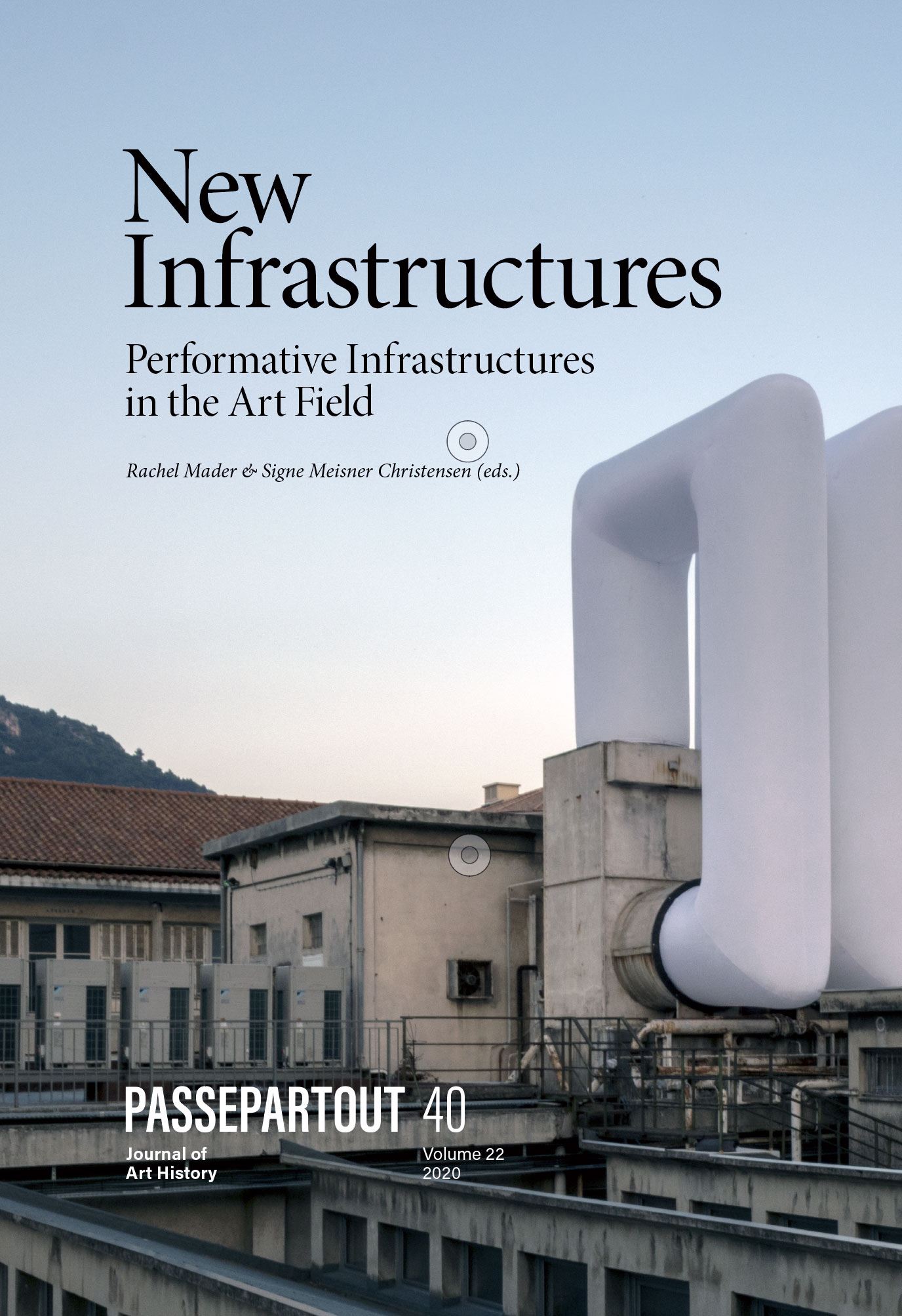Infrastructure as Chewing Gum
Practice-based Reflections on How to Play with Institutional Parameters
Nøgleord:
institutional critique, micropolitics, infrastructure, organzing as creative action, institutional engagementResumé
Starting with the observation that institutions are far beyond the stable and clearly organized structures their representation in respective tools like organigrams, websites or specification booklets suggest, the article is interested in the way the manifold loopholes that are part of each institutional setting can be activated for an emancipatory use. With reference to concepts such as “affirmative sabotage” (Spivak, 2016) or strategies of intervention (Mouffe, 2012) it is interested in how this can be done as part of the daily routine within institutional life and, by doing this, in how far there is a potential for changing institutions on a long-term basis. A specific understanding of institution underlies this view, one which states that regulations are far less absolute than is commonly assumed; something often ex negativo is asserted in institutional critique as well. In contrast, they depend on acting subjects, routines or even rituals. Therefore the text undertakes a micropolitical viewing of an interplay between actors and structures that is continuously negotiated. My own institution, an art university, and my interaction with it, will serve as a case study of the analysis.





